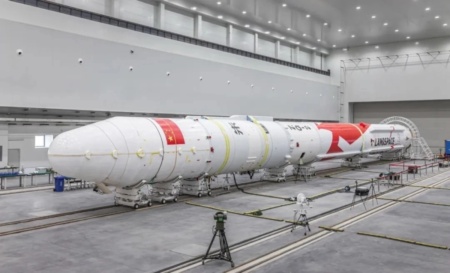
China could have overtaken the United States in the race to launch a methane-fueled rocket, but the first attempt turned out to be a failure.
The Zhuque-2 oxy-methane rocket lifted off from the newly constructed facilities of the Jiuquan Spaceport in the Gobi Desert around 3:30 a.m. on December 14. Footage taken by eyewitnesses and published on social networks captured not only the beautiful moment of the rocket launching into the sky accompanied by white clouds of exhaust gases, but also problems with the second stage.
Looks like Zhuque-2 second stage failed to reach orbital velocity. Satellites is decreasing. Similar to Zhuque-1 during four years ago.
— Andrew Jones (@AJ_FI) December 14, 2022
Successful launches in China are usually reported immediately, but this case has been kept quiet for now. The media talk about problems with the auxiliary engines, which did not work after the main one caught fire.
Course
FINANCIAL MANAGER
Become a professional financial manager and earn from $500 in 2 months.
REGISTER!
pic.twitter.com/RlbRazxL3L
— Ace of Razgriz (@raz_liu) December 14, 2022
Zhuque-2 is powered by gas generator engines and is capable of delivering a payload of up to 6,000 kilograms to a 200-kilometer low Earth orbit, LEO, or 4,000 kilograms to a 500-kilometer sun-synchronous orbit, SSO.
The missile has a diameter of 3.35 meters (the same as the Long March missiles), a total height of 49.5 meters, a take-off weight of 219 tons and a thrust of 268 tons.
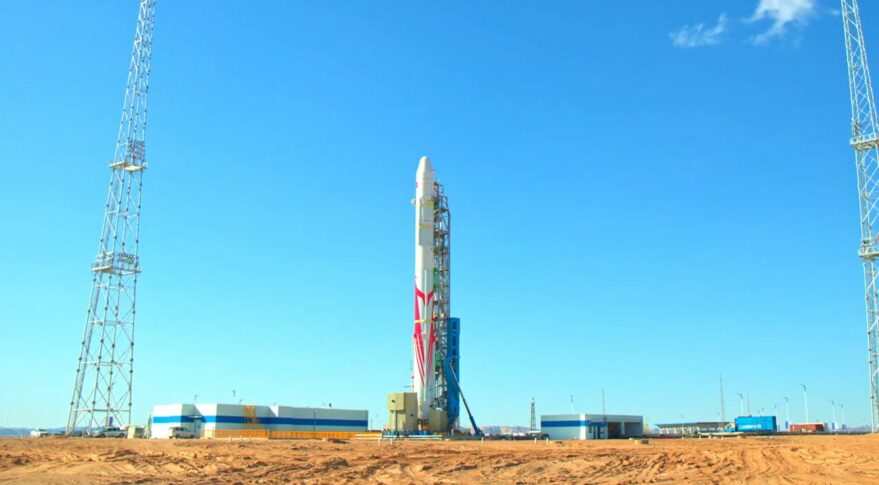
The Zhuque-2 mission was to be the world’s first orbital launch of a methane-fueled rocket. A number of companies in the US are working on their own test flights of similar launch vehicles: SpaceX’s Starship, ULA Vulcan, Blue Origin’s New Glenn, Rocket Lab’s Neutron, and Relativity Space’s Terran 1.
In December, SpaceX is likely to send Starship on its first orbital flight
The development of methane rocket engines involves numerous engineering challenges, but promises advantages in terms of reusability, an ability that will make the launch market less costly.
Zhuque-2 – Landspace technology. The company’s first launch 4 years ago (with the much smaller solid-propellant Zhuque-1) also failed. In November, Landspace said it was working on a second Zhuque-2 model. It is not yet clear how the current failure will affect the timing of the new launch attempt.
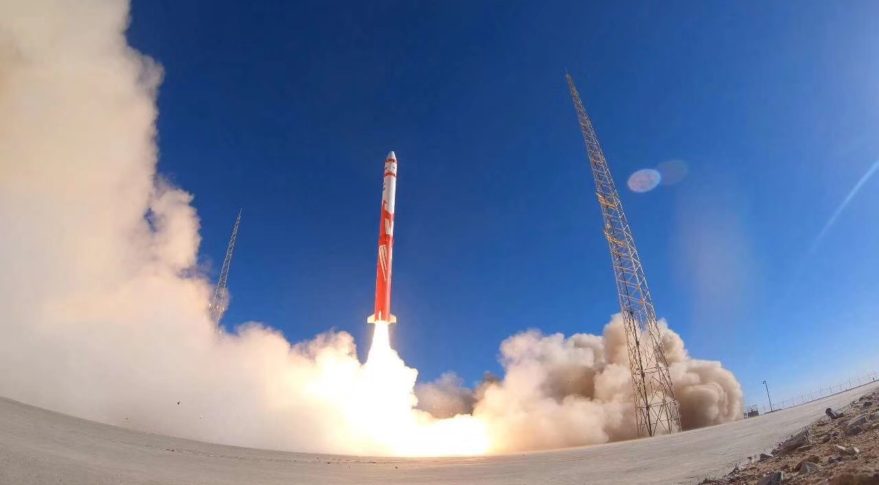
Wednesday’s launch attempt used a disposable rocket, but Landspace is working to make the Zhuque-2 reusable and in recent months tested the 80-ton TQ-12 engine that drives the Zhuque-2 first stage. The company is also working on an improved second-stage engine that does not require auxiliaries.
Chinese firms iSpace, OneSpace and Galactic Energy have also tested or launched light solid-fuel rockets, as well as spin-offs from giant state-owned enterprises CASC (China Rocket), CASIC (Expace) and the Chinese Academy of Sciences (CAS Space).
But these companies are also directing efforts to develop alternative versions: iSpace is creating its own rocket with a metalox engine Hyperbola-2, and Galactic Energy is developing a two-stage kerosene-oxygen Pallas-1 (designed to transport 5000 kilograms to LEO or 3000). Both could be launched in 2023.
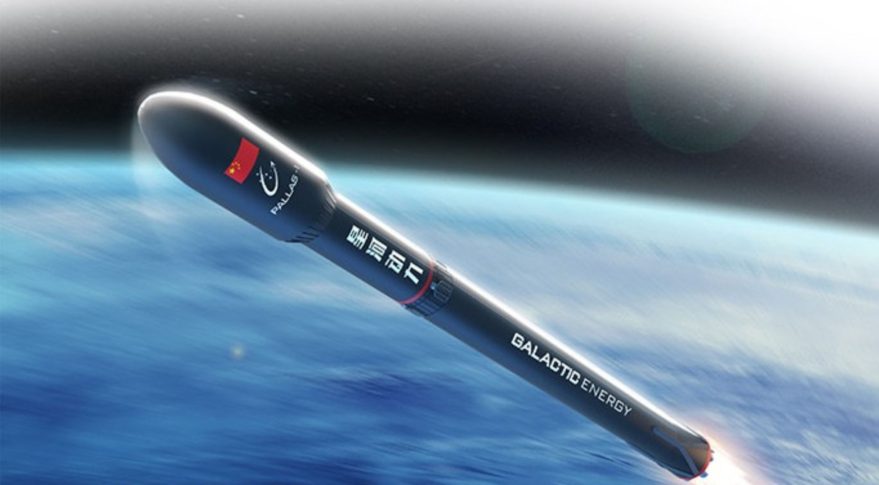
Another company, Deep Blue Aerospace, is also testing its Nebula-1 reusable launch vehicle.
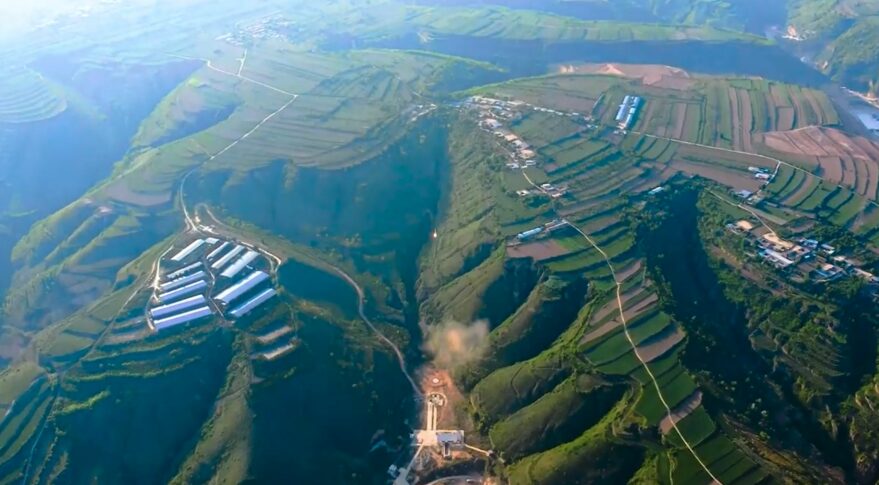
China’s main space contractor CASC also unveiled concepts for reusable metalox launchers and a methane-powered version of the Long March 9. The main Shanghai Rocket Institute is also considering a decision to launch Metalox.
China has previously said it plans to build its first lunar base (probably nuclear-powered) by 2028. Its basic configuration, consisting of a lander, a bunker, an orbiter and a rover, will be created as part of the Chanye 6, 7 and 8 missions. The Chinese base will probably be built in the south polar region of the Moon. It will eventually expand to include an international research station, and astronauts from China, Russia and other potential partner nations will occasionally be stationed there, but most of the time it will operate unmanned.
China plans to build a nuclear base on the moon by 2028
Source: Space News





